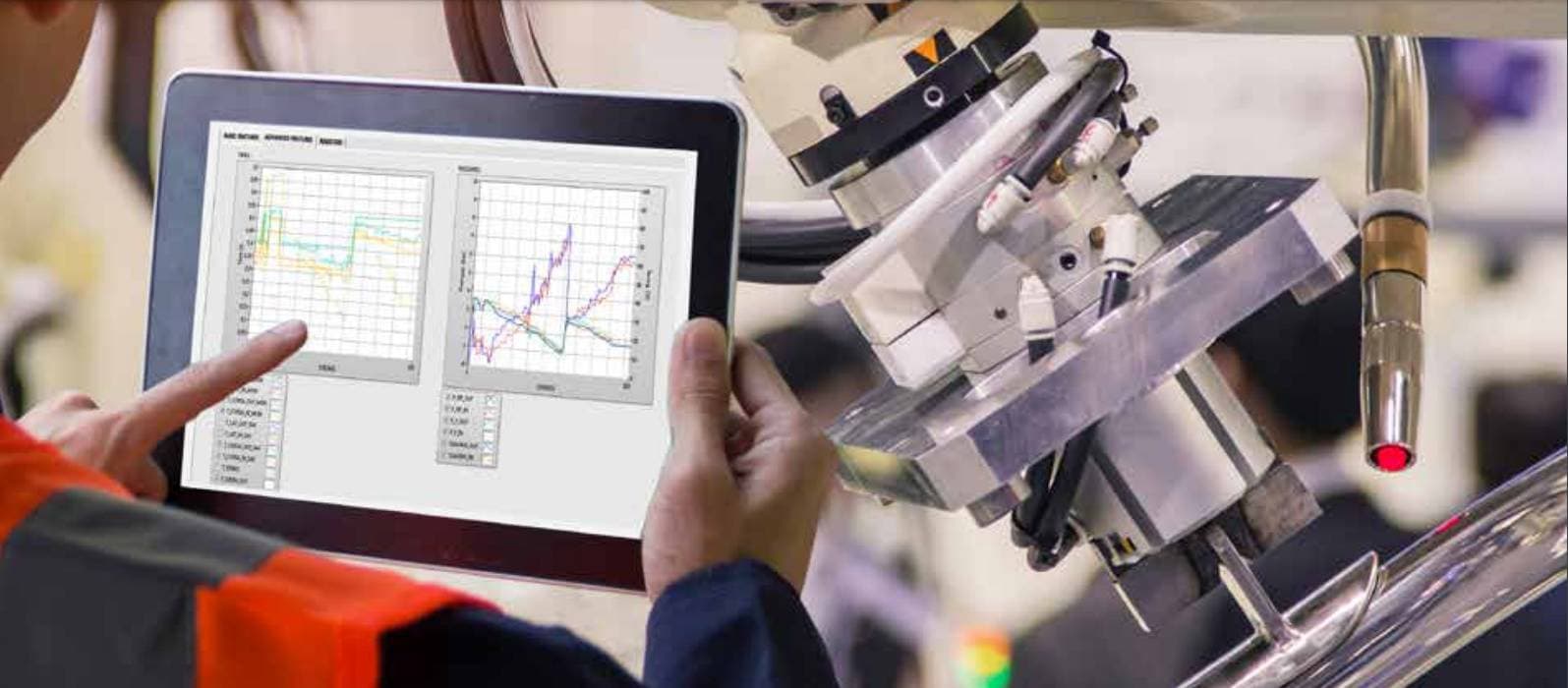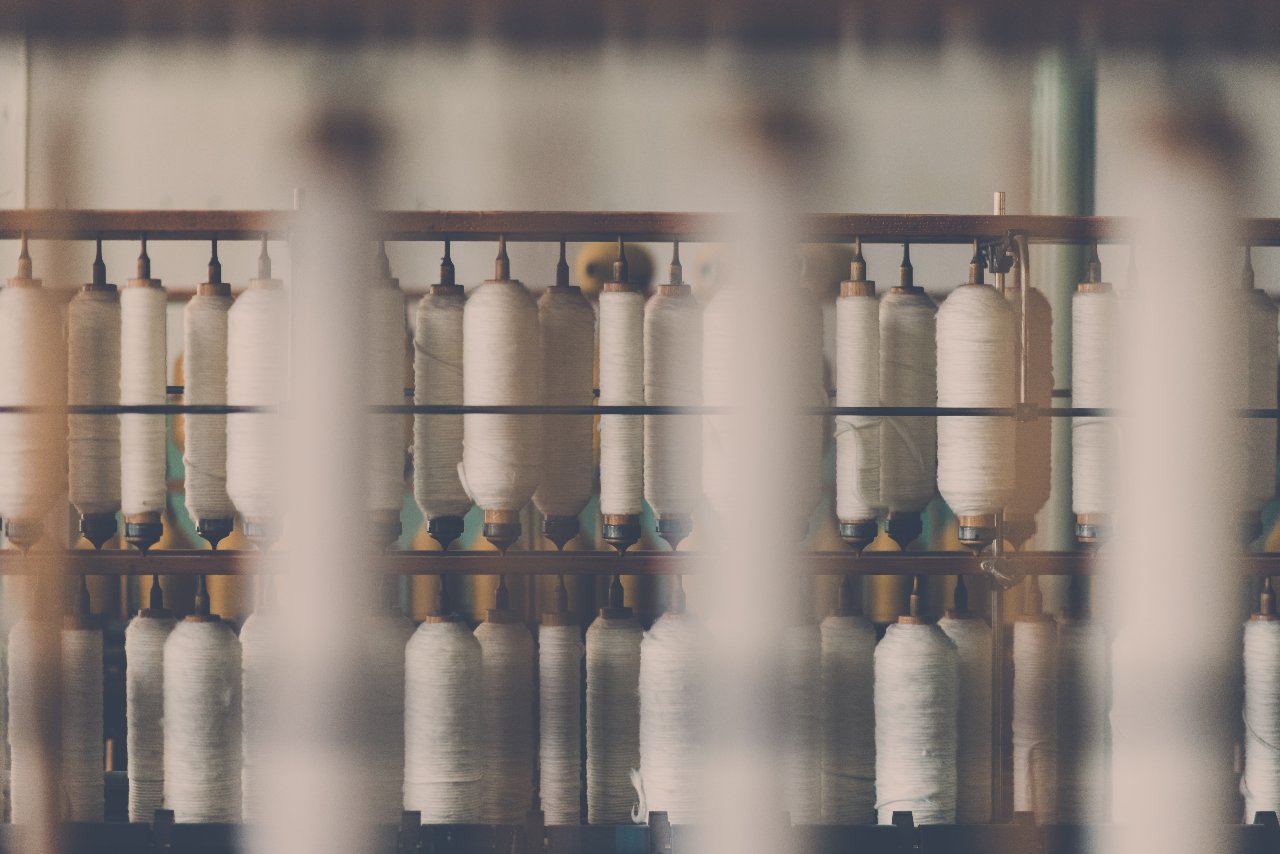Discover the 5 features that you may have missed and that will help you understand if you are compliant with the law.
The Machinery Directive is a complex regulation that is subject to continuous updating by the European Parliament.
But, what exactly do we mean when we talk about the Machinery Directive?
To cite Wikipedia“The Machinery Directive is a European Directive which applies to fixed, mobile, transportable and lifting/moving machines, although some machines remain excluded from the scope of that Directive”.
It consists of a set of rules for the production of machinery and from an administrative point of view a set of bureaucratic formalities to be satisfied at the time of their commercialization to be placed on the European market.
The main objective of the Machinery Directive is to protect the safety of workers working in contact with machinery and consequently that of consumers coming into contact with the products manufactured.
Complying with the provisions of the Machinery Directive does not only mean fulfilling an obligation to avoid any sanctions, but it means above all operating in a responsible manner and with respect for quality.
There are areas where the machines are made without the respect of the most basic safety standards, thanks to the Machinery Directive we have been able to standardize and exclude what does not comply with the directives by labelling it “outlaws”.
Following major technological and commercial changes during the last 20 years and the significant increase in the number of machinery sold in the EU market from outside the EU, The European Parliament felt the need to regulate all machinery in circulation in a uniform way.
The European Parliament has not limited itself to saying how to intervene correctly on the machines but has also identified the exclusions of some machines from the scope of the Directive and has included new categories to the already existing list dictating new minimum criteria and adapting them to those in other Directives
When the machine is manufactured according to the standard, it is marked CE.
The CE marking of machinery is a compulsory procedure and must be carried out by the manufacturer of the machinery who, through the declaration of conformity, declares that its product complies with the safety and health requirements of this Directive.
The norm refers to the machines, but in commerce also the partly completed machinery exists. Very often it is difficult to understand well the differences.
If you’re in the business, I’m sure you know, but if you’re not, it’s good to brush up.
MACHINES
A machinery is a machine that works independently”, generally consisting of a series of connected components, equipped with actuators and control circuits to carry out a precise action thanks to different forces.
PARTLY COMPLETED MACHINERY
The partly completed machinery, on the other hand, are assemblies that constitute almost a machine, but which, on their own, cannot guarantee a definite application.
Simply put a machine that needs to be assembled to other machines or partly completed machine to perform its function.
In the case of partly completed machines, the Directive provides for the identification of essential health and safety requirements. However, this is a partial declaration of conformity because, as it is not a complete machine, a partly completed machine cannot take all the protective measures necessary to ensure safe use. After all, these measures will have to be taken in the whole of which the semi-machine will become part.
In the design of a partly completed machine, unlike a machine, the designer is free to decide how far to comply with the directive (in the regulation the terms “applied” and“applicable”) leaving to the person who will integrate the semi-machine, the charge to complete the protective measures that will make the machine as a whole, complying with the requirements of the Directive.
Machinery, as mentioned above, must be provided with an EC declaration of conformity, while Part B of Annex II to Directive 2006/42/EC provides that partly completed machinery must be provided with a declaration of incorporation.
With this document, the manufacturer declares independently that his product, the partly completed machinery, conforms.
Machinery manufacturers and employers have precise responsibilities towards the Machinery Directive. In case of non-compliance, the sanctions can be very severe and lead up to arrest.
Of course, the manufacturers of machines and partly completed machines must guarantee the maximum safety and quality of the products they produce but, in addition to the producers, also another figure plays an important role within the company: the Employer.
The Employer with the Machinery Directive guarantees its employees and customers the respect of the safety and quality of its production.
In the event that the minimum requirements of the consolidated safety text are not met, penalties such as fines up to the stop for both the manufacturer and the employer.
The main correlation between the Integration Principle and the Machinery Directive lies in the rules written to guarantee safety and quality.
The Machinery Directive is based on the Principle of Integration.
The Integration Principle is composed of a list of rules that, if applied, make the machine conform to the essential health and safety requirements (R.E.S.S.) provided by the Machinery Directive.
The rules are grouped into 4 large groups:
1. The elimination of design risks
2. The adoption of protections or safety devices
3. The identification of residual risks which cannot be eliminated in the instructions;
4. Development of rules for the use of machinery.
Based on these groups, a series of Machinery Directives have been issued over time, involving the production, marketing of machinery and the responsibility of the various parties involved in work activities for the prevention of accidents.
To be placed on the EU market, machinery must:
- Be safe in compliance with the Essential Safety Requirements (ESR), with risk analysis and consequent application of technical standards
- Being built based on a technical project available in case of dispute more commonly called Technical Paper
- Be easily recognizable by the manufacturer’s plate and CE marking
- Being accompanied by a booklet commonly called an instruction manual for use and maintenance
- To be ensured by the responsibility of the manufacturer commonly referred to as the declaration of conformity
Respecting this list, the machine will be considered suitable and conforming to the EU market and can be marketed and used in absolute safety.
Are pneumatic cylinders and their accessories covered by the Machinery Directive? No, they are not machines or partly completed machines. But there is also clear legislation on cylinders
Cylinders are not covered by Directive 2006/42/EC.
All our pneumatic components are manufactured following the requirements of ISO 1141 “pneumatic – General rules and safety requirements for systems and their components”.
There is no CE marking, but they are provided with a user and maintenance manual.
We usually provide machine manufacturers with documentation of our cylinders which
will be able to include within their manual of instructions for use and maintenance.
Read our official statement to these:





